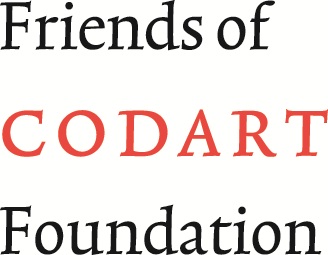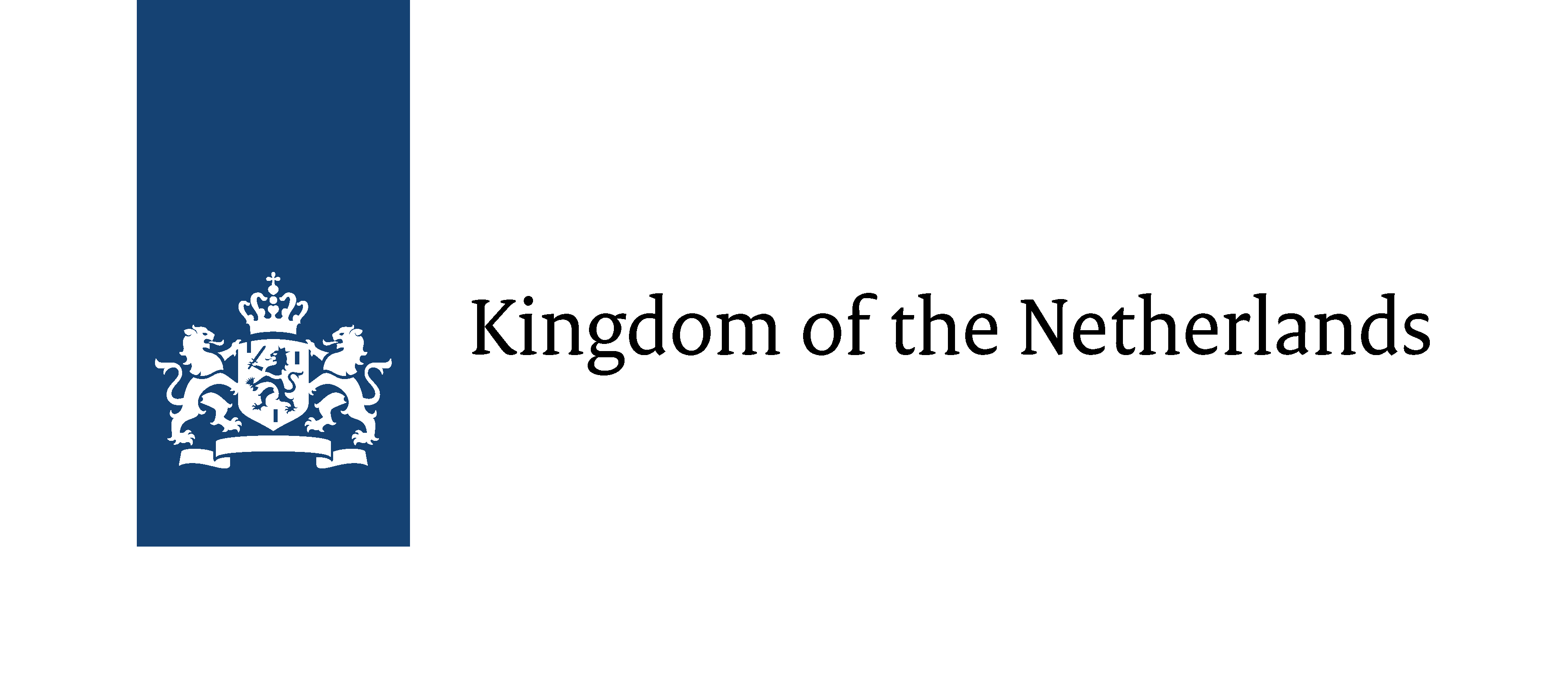CODART ZESTIEN
21-23 April 2013, Vienna
From 21-23 April 2013 the CODART ZESTIEN congress took place in Vienna. The congress, organized in cooperation with the Kunsthistorisches Museum in Vienna, focused on dividing time and attention between the permanent collection and temporary exhibitions. On these pages you can find the program, which includes among others, the market of ideas and excursions to the Picture Gallery and the Kunstkammer of the Kunsthistorisches Museum, the Albertina, the Paintings Gallery and the Graphic Collection of the Academy of Fine Arts Vienna and the Princely Collections of Liechtenstein. To learn more about Vienna and the congress locations please read the background information. More information on the registration and accommodation can be found here. An explanation on the congress theme is stated below.
Old favorites or new perspectives?
Dividing your time and attention between the permanent collection and temporary exhibitions
Some museums have wonderful collections, but need to host exhibitions to draw large numbers of visitors. Others have an ambitious exhibition program, even though their permanent collection is their primary attraction. The rise in popularity of the temporary exhibition in recent decades has had a major impact on the work done by curators. Their main responsibility used to be the research, care and presentation of works in the permanent collection. While this is still the case for some curators, others spend much of their time curating and preparing exhibitions. In fact, some curators devote a significant amount of time to the permanent collection only when compiling a collection catalogue.
CODART ZESTIEN will focus on how curators should deal with the increasing importance of exhibitions within the museum world. How can curators ensure that researching the permanent collection remains a fundamental part of their day-to-day activities? How can curators whose museums do not have the funds to mount expensive exhibitions continue to attract visitors? In what way can the permanent collection be used to prepare temporary displays or even serve as their focus? Can curators collaborate to make the permanent collection more attractive to visitors?
![]()

![]()




